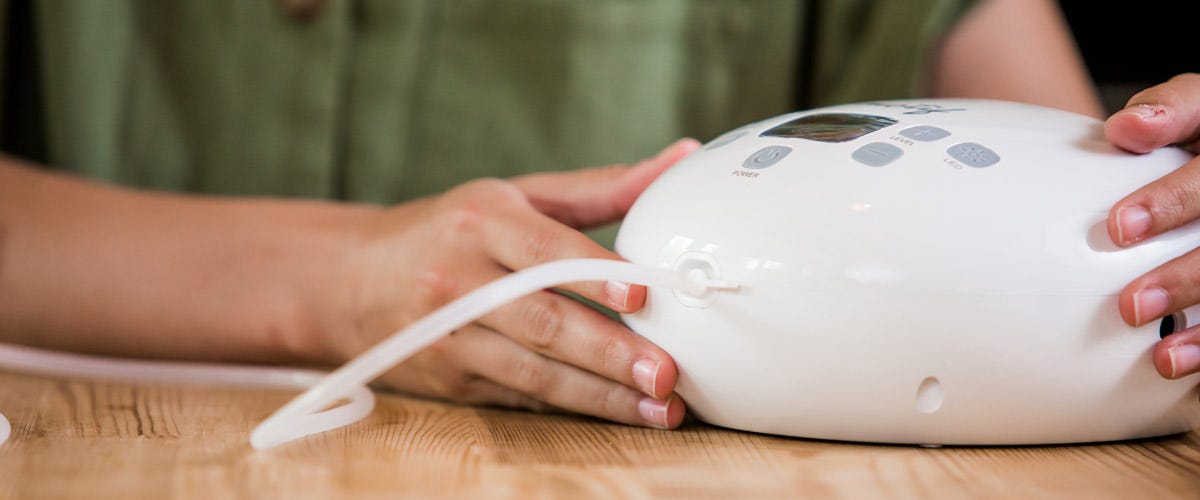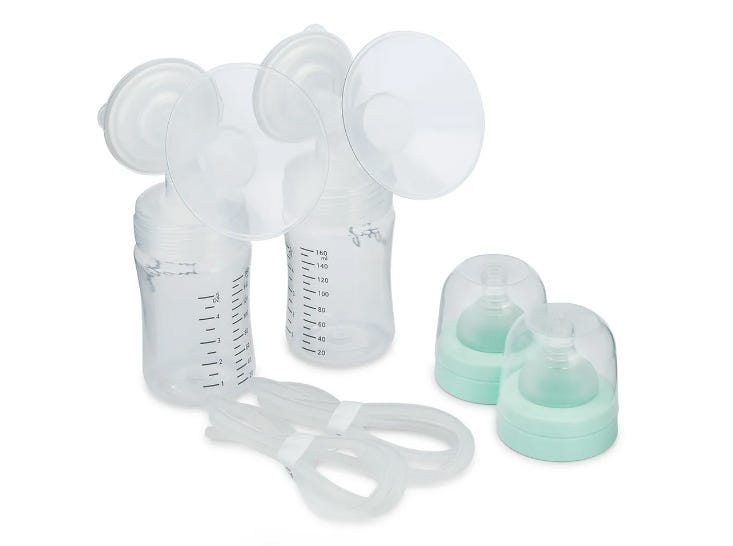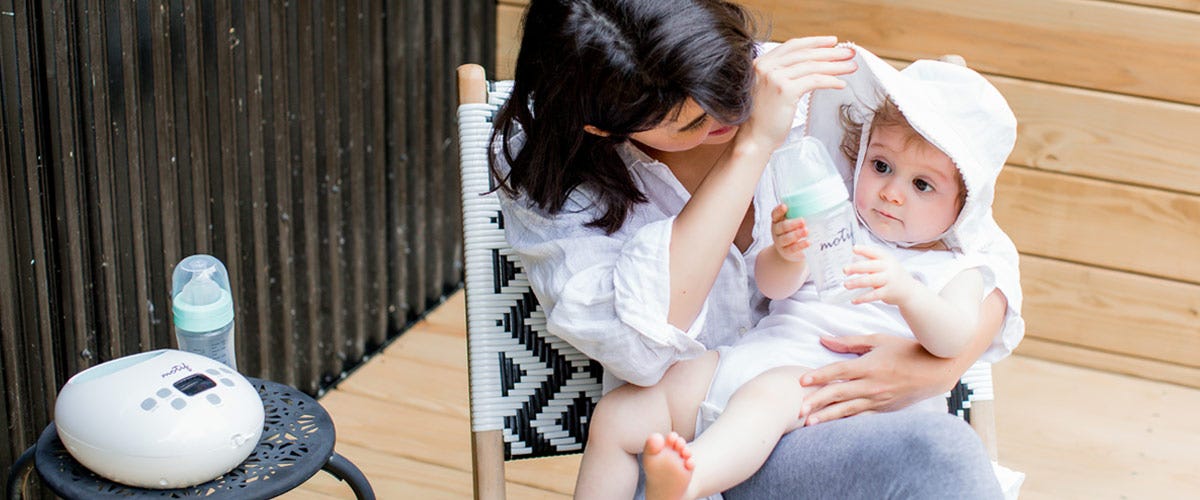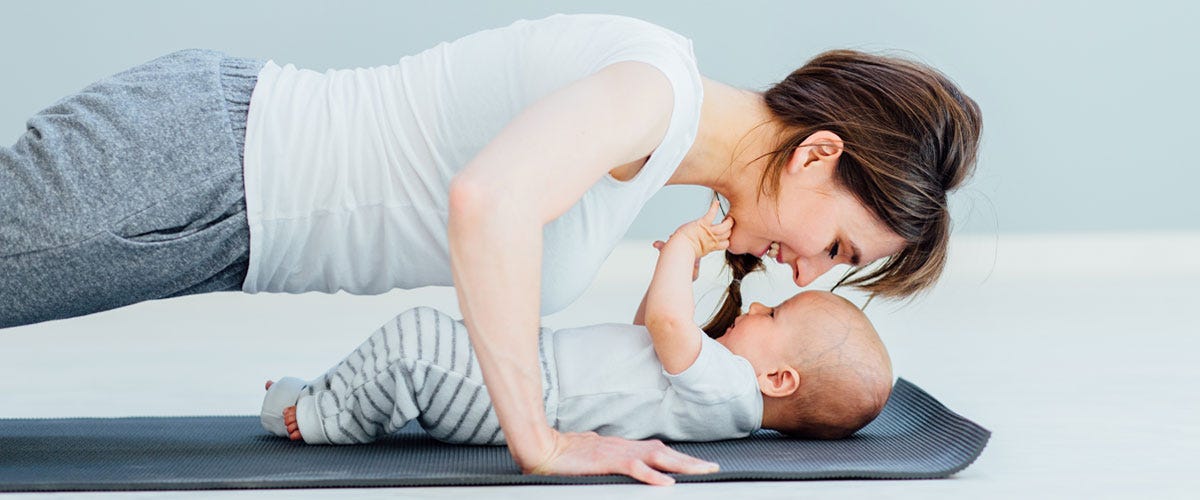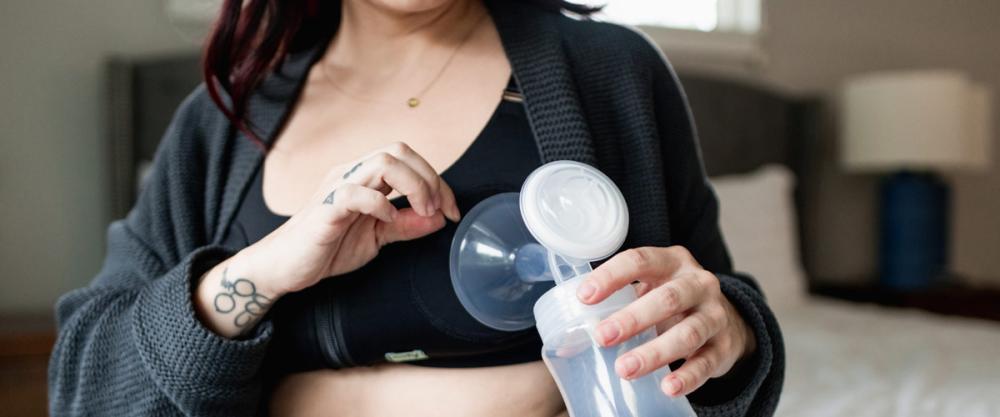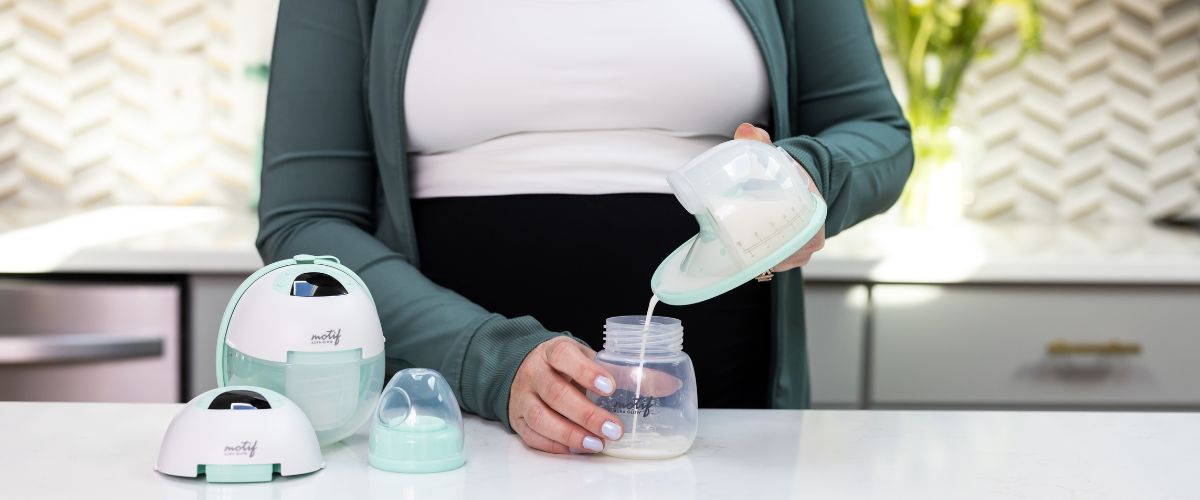The moment you get your breast pump serves as simply the beginning of your breast milk journey. From unboxing it, learning how to use it, late-night pumping sessions, you and your pump have a lot of work to do together. That’s why it’s crucial to take care of your breast pump by regularly replacing certain parts so it can take care of you.
Frequent use and sanitization of your pump supplies can make them stretched and worn out. They may even crack or form crevices that make it easier for residue, bacteria, and mold to build up in. New parts help keep your breastmilk cleaner!
An extra set of breast pump parts ensures mom has a spare clean set to use or leave at work. Then if something breaks there’s no need to panic.
Having worn out breast pump parts is one of the leading causes of low milk supply! This is because worn out parts = decreased pump suction. Mothers will often assume they have a breast milk production issue or that their pump is broken.
Which Breast Pump Parts Need to Be Replaced And When?
How often you should replace your breast pump supplies can vary based on how often you use your breast pump. A mom that exclusively breast pumps about 9 times a day and sanitizes their pump more frequently than a mom that only pumps 3 to 4 times per day will need to replace her parts more often. A good general guideline to follow is to replace parts every 90 days.
As the tubing becomes stretched and worn out over time it can impact your breast pump suction strength. If the tubing easily slides on and off the motor and backflow protector then it’s time to replace it. You should also immediately replace the tubing if any moisture gets inside. There’s no way to completely sterilize the tubing to prevent bacteria from collecting inside and the moisture could damage your breast pump motor.
The silicone duck valves which are the membranes or little white flaps on the valves need to be replaced between 1 to 3 months based on how frequently they’re used because they can affect suction power. Membranes need to be replaced when they don’t lay flat on the valves. It’s important to remember that smaller breast pump parts may not show any visible damage.
The membranes within the backflow protectors may stretch and lose elasticity over time, making them less effective at keeping moisture out of your breast pump motor. They need to be replaced between 3 to 6 months depending on use. If you see any tearing, warping, rips, or discoloration then it’s time to replace them.
Your breast shields will collect residue, can crack, or become discolored over time depending on how often you pump. Breast shields should be replaced every 6 months. However, keep an eye out for any cracks, tears, or warping because that could indicate that need to be replaced sooner. The discoloration will not affect how well your pump works but may not be pleasing to the eye.
What Do I Do With My Old Breast Pump Parts?
As a general rule, your breast pump can not be recycled as it could pose a health risk to other moms. Also, the motors are only designed to last a year so a used breast pump could lose suction or come with other problems. However, a few of the supplies can be recycled.
- Tubing - Your tubing can not be recycled and should be thrown away.
- Valves - Dispose of your duck valves in the trash, they can’t be recycled.
- Backflow protectors - The exterior clear plastic parts can be placed in your recycling bin, but the white membrane should be thrown away.
- Flanges - Flanges (a.ka. breast shields) and connectors can be recycled in your regular recycling bin.

